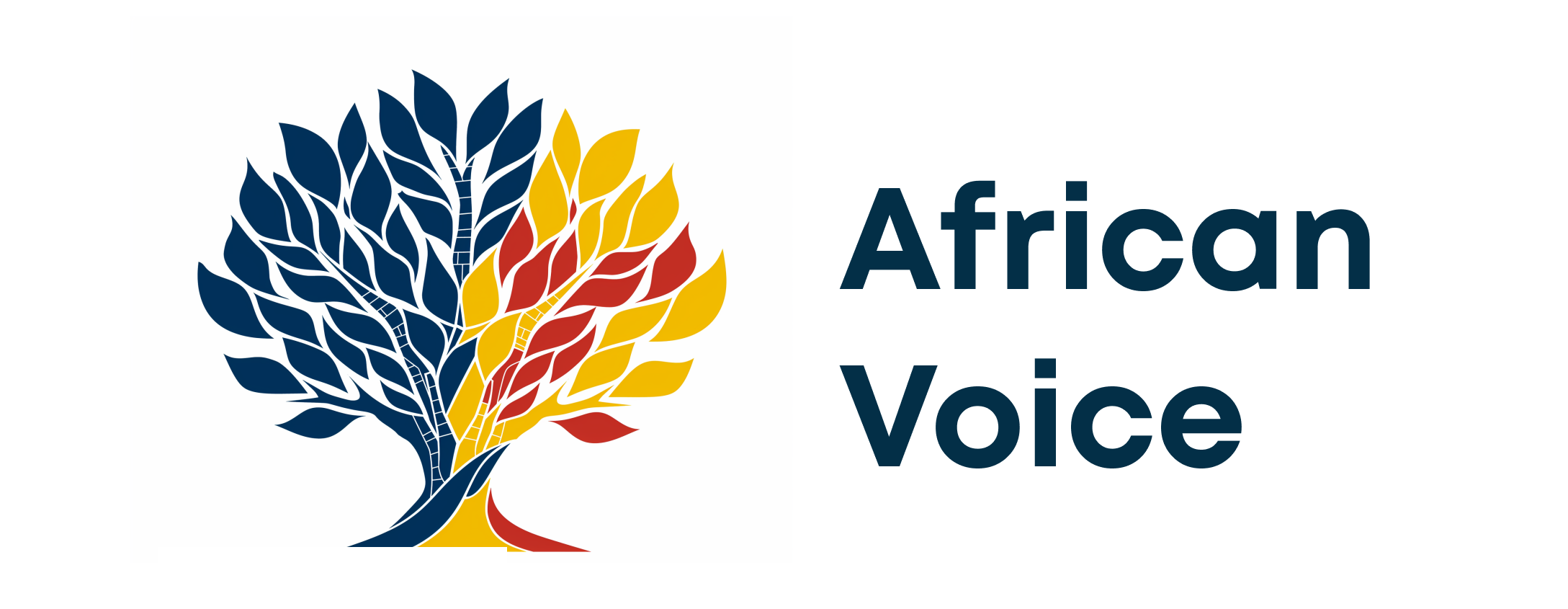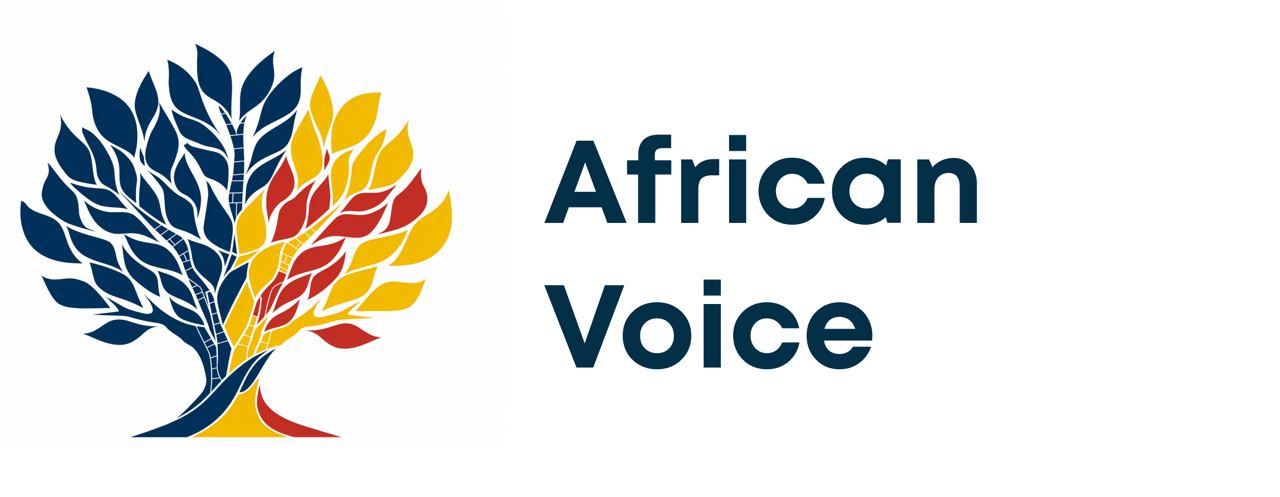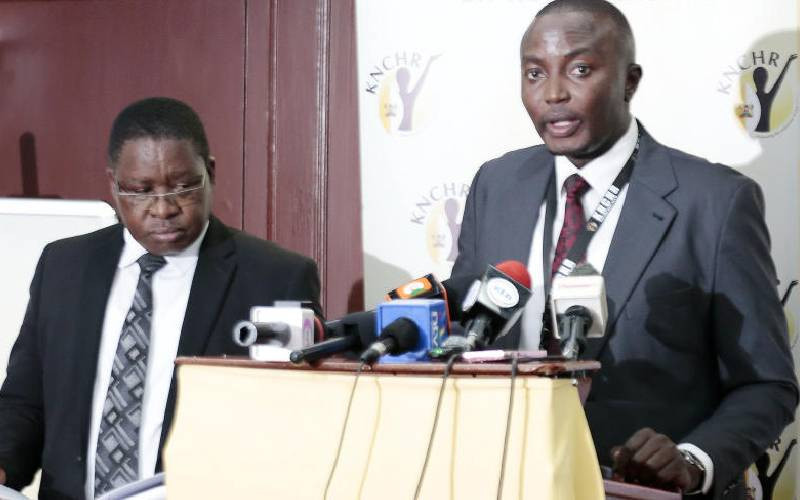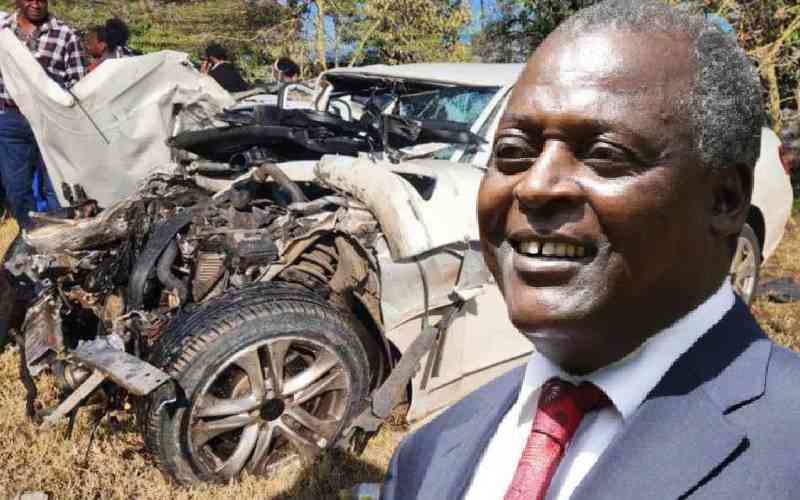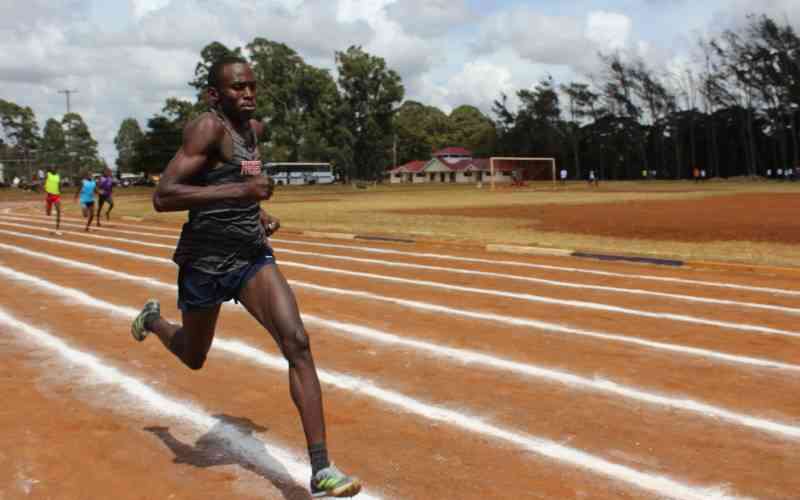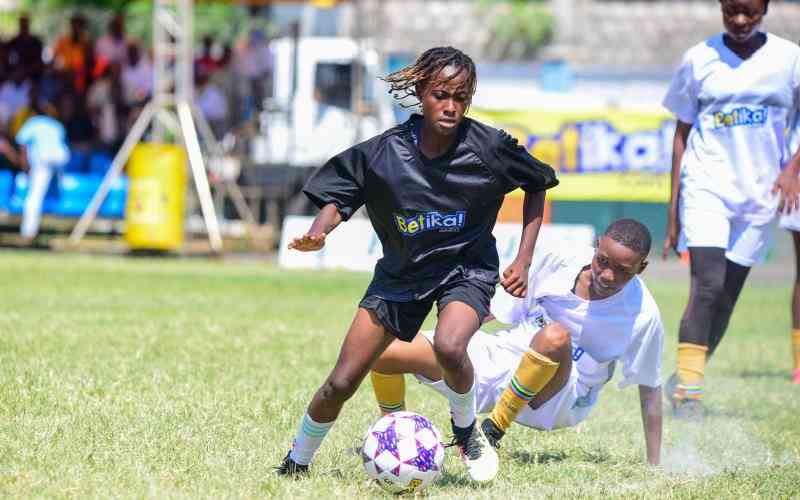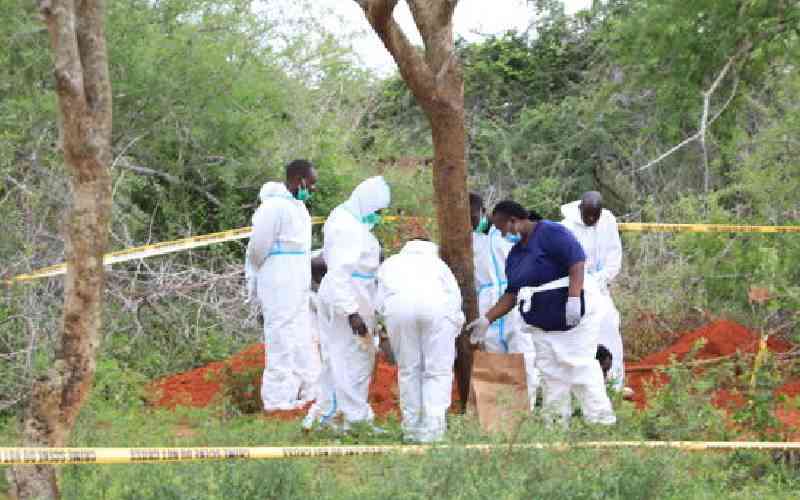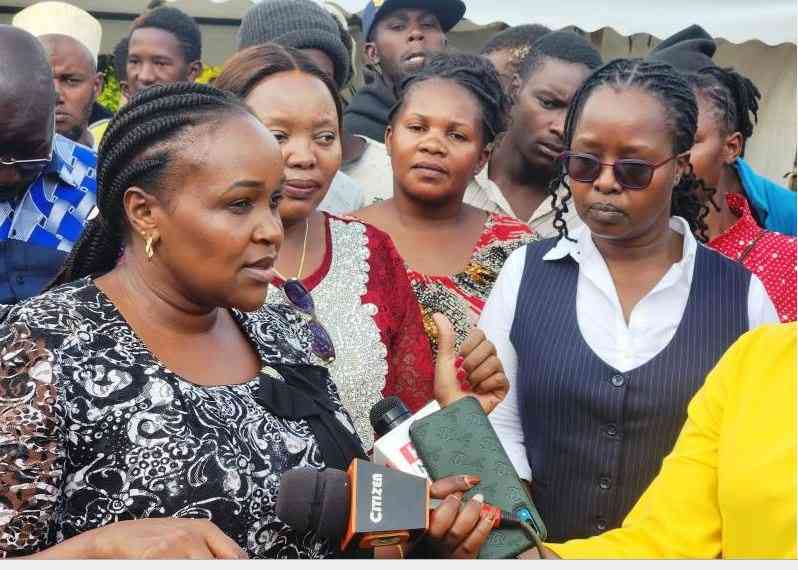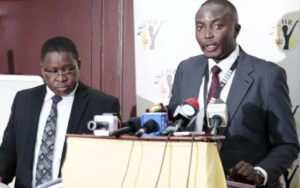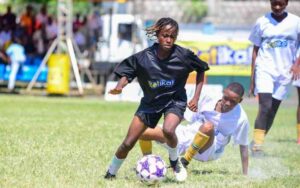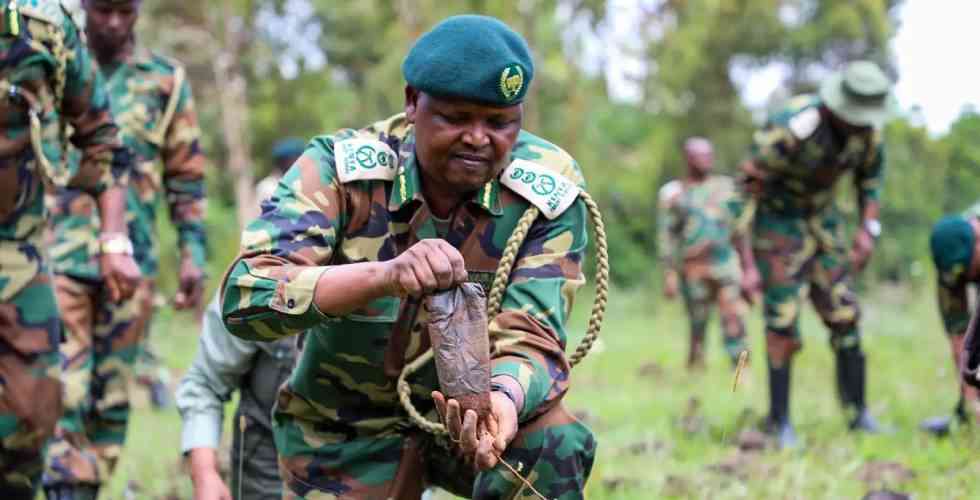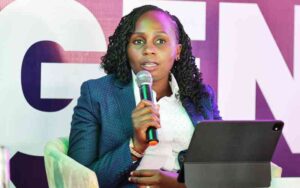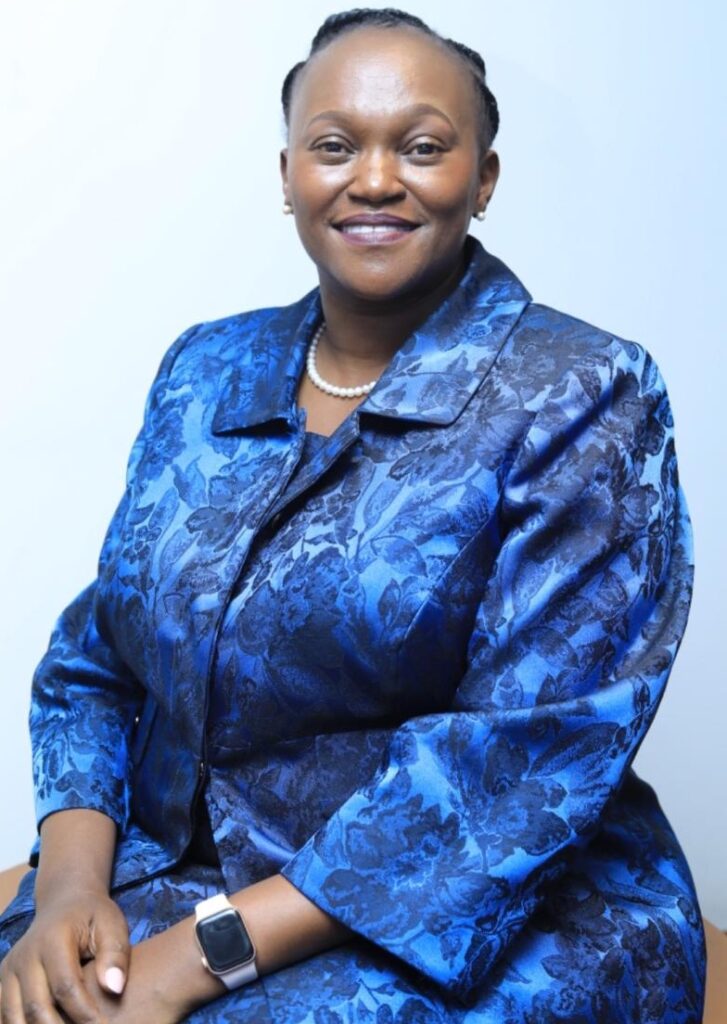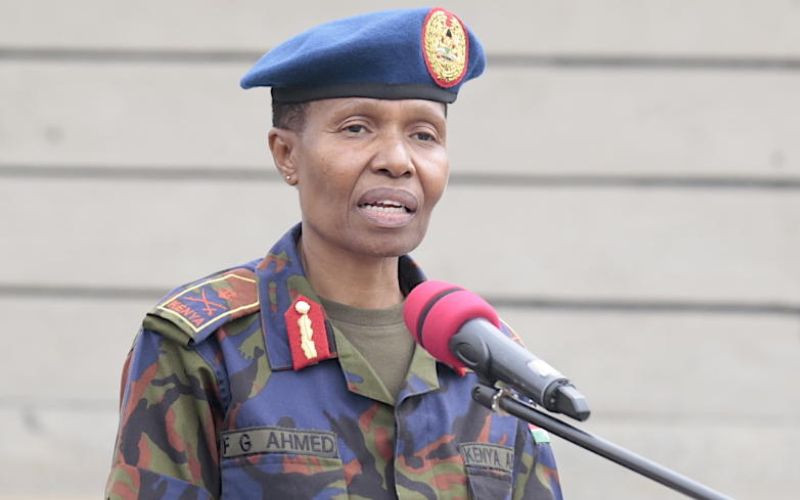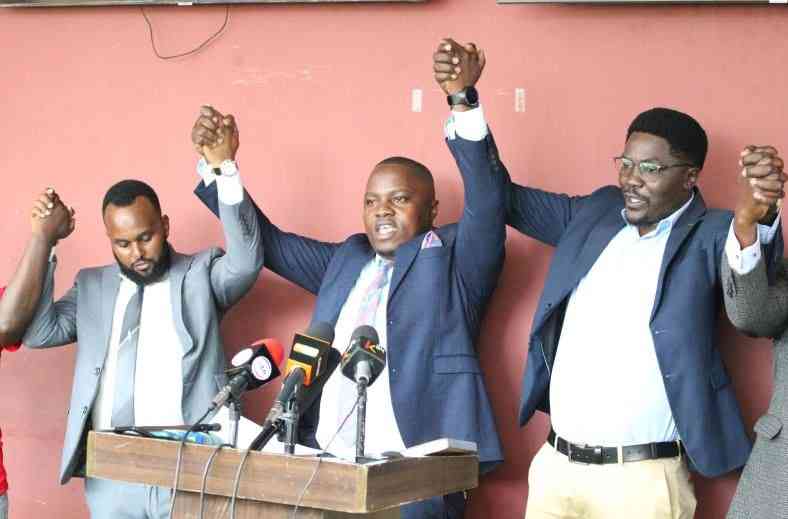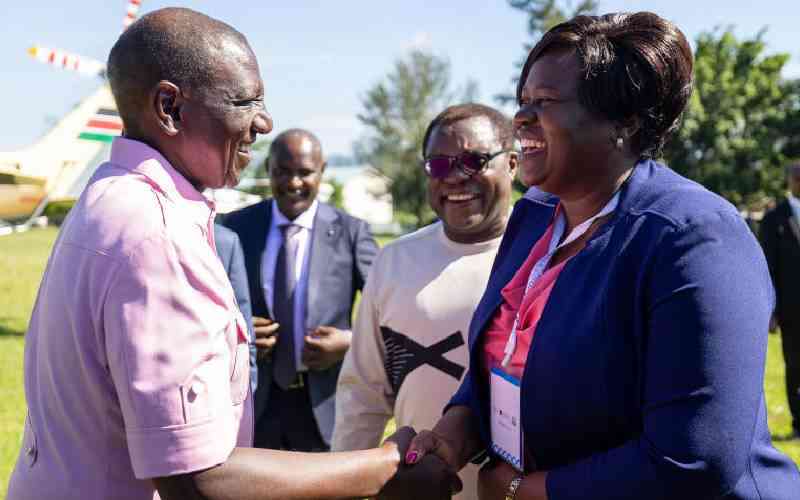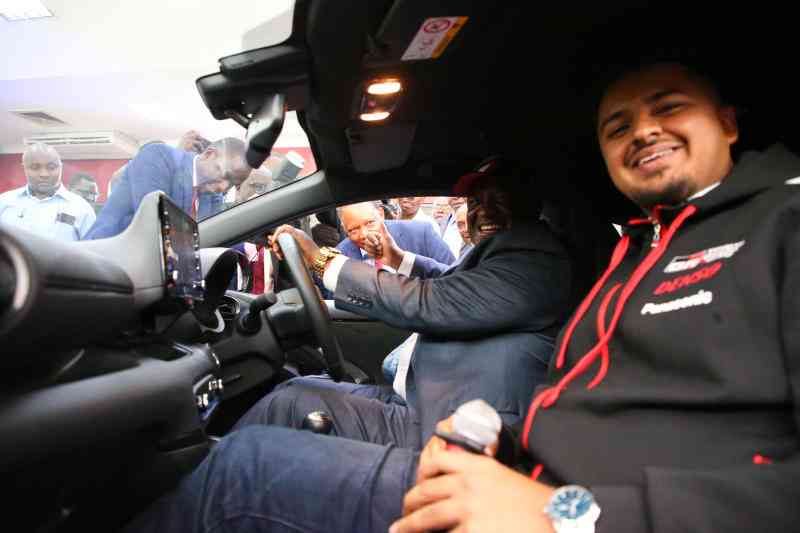Heads of secondary schools in Nakuru County have warned of a looming crisis in the education sector come January when students transition from junior to senior secondary schools (Grade 10).
According to the principals, little has been done to accommodate the thousands of students joining public secondary schools.
The situation has been worsened by the government’s failure to remit the second term’s capitation, a move that has affected the payment of salaries and suppliers.
Last week, Basic Education PS Julius Bitok revealed that out of 9,750 schools listed for transition from junior to senior secondary school, 5,000 have been ignored by learners.
Speaking during a closed-door meeting, the principals noted that public schools were not ready financially and academically to receive the students. The principals, who declined to be named for fear of victimisation, said that most of the promises made by the government were on paper.
“We fear for students who will be joining senior secondary next year, as schools are ill-prepared, poorly equipped, and there is an acute shortage of teachers,” said one of the teachers.
This was echoed by another principal, who said that the process of acquiring learning materials for the students had not started a couple of months before they report to class.
“The move to categorise schools into three clusters has not been fully embraced, and many of the schools do not have the required learning materials,” said the principal.
Eskimos Kobia, the secretary-general of the National Parents Association, noted that the government had failed to keep its promise of constructing more classes and laboratories for schools, despite the Treasury allocating Sh1 billion for the exercise.
“Students have continued to suffer as the government failed to employ the 20,000 intern teachers,” he said.
On capitation, Kobia said there were fears that school operations could be grounded if the funds were not released on time.
He said schools had not received funds for the second term.
The law stipulates that schools get 50 per cent of the funds in the first term, 30 percent in the second term, and the rest in the third term.
